How Surgery Can Fight Global Poverty

The New York Times
September 25 2015
By MARK G. SHRIME and JOHN G. MEARA
Read original article
Earlier this year in Madagascar, a man in his 60s named Sambany made international news after volunteer surgeons from Mercy Ships removed a 16-pound tumor from his face. For decades, he had sought treatment at 10 hospitals, most of which lacked surgeons. He was ostracized, then physically unable to work. His family had to sell a rice field just to pay for the cost of getting to the hospital (the surgery itself was provided free).
Earlier this week, the United Nations adopted 17 proposed sustainable development goals, which reflect the resolve of world leaders to “end poverty and hunger everywhere; to combat inequalities within and among countries; to build peaceful, just and inclusive societies.”
Although admirable, these goals cannot be achieved without explicitly addressing one of the most crucial needs facing the world: a lack of access to surgery. The aim of universal access to “health care and social protection, where physical, mental and social well-being are assured,” will come to nothing without it.
Most of the world lacks access to safe, affordable and timely surgical care.
Every year over 80 million people worldwide face financial catastrophe if they get surgery. And while the individual cost of getting surgery is great, the societal cost of inaction is staggering. If nothing is done to increase surgical access, developing nations are projected to lose $12.3 trillion from their gross domestic products between now and 2030.
Currently, infectious disease interventions are the main focus of global health policies, because many countries lack the personnel and infrastructure to carry out surgical interventions successfully.
Despite the fact that nearly one-third of human disease is amenable to surgery, it remains overlooked in much of the world.
This is shortsighted. After all, the treatment of solid tumors in the United States began with surgeons: William Stewart Halsted described the surgical removal of breast cancer in 1894, well ahead of chemotherapy. Surgery and early detection alone drove substantial drops in breast cancer mortality. Today over 60 percent of cancer diagnoses benefit from surgical intervention.
Surgery is more than just facial tumors, breast cancer and trauma; it is a crosscutting intervention, involved in every disease category from infections to blindness, from congenital abnormalities to maternal conditions, from the neurological to the cardiac to the neoplastic. To put this in perspective, H.I.V., tuberculosis and malaria — which have captured the global conversation — currently make up less than one-tenth of the global disease burden, combined.
Why, then, has surgery been ignored? In part, because expanding surgery seems daunting and expensive. Why not just focus global energy on vaccines, for example, which can be mass-produced and delivered to the population, rather than scaling up an entire health infrastructure? After all, providing surgery requires reliable electricity, water, suction, sterilization, oxygen — as well as surgeons, anesthesiologists, nurses and biomedical technicians.
But this is exactly what makes improving surgery ideal. Improve a surgical system, and you improve the very things that are necessary for the delivery of health care in general. Doing so is less costly than it might initially seem. The cost of scaling up a surgical system in resource-poor countries — about $300 billion over 18 years — represents only about 5 percent of the total combined expenses that governments in low- and lower-middle-income countries spend on health annually, and pales in comparison with the $12.3 trillion cost of inaction. And spending that money now will not only lower the current surgical disease burden and allow patients to return to economic productivity, but it will also make the health system itself more resilient when shocks like Ebola hit.
Moreover, reliable surgical infrastructure strengthens entire health systems. It is not enough to prevent maternal deaths during childbirth if a health care system cannot care for the children after birth. It is not enough to treat tuberculosis successfully if the patient then dies from a perforated appendix. Surgical scale-up is not and has never been envisioned to exclude other global health priorities — surgery is necessary to meet all global health priorities.
It is this inherent synergy that makes surgical delivery a cost-effective intervention. Researchers from Harvard and Stanford Universities, including one of us, recently compared the cost-effectiveness of surgical care with that of multiple accepted global health interventions.
They found that general surgeries, ophthalmic surgeries and cleft palate repairs, among others, had a similar cost effectiveness to some vaccinations, and that cesarean sections and orthopedic surgeries were potentially more cost effective than medical treatments for heart disease and H.I.V.
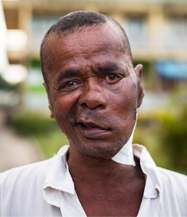
For Sambany, surgery was a personal issue. For developing nations, it is an economic issue. For the world, it is a moral issue, a question of equity. Surgery has been called the “neglected stepchild of global public health.” To achieve the recently approved global development goals, world leaders must explicitly develop systems to bring access to safe, affordable and timely surgery to those who need it.

Mercy Ships Welcomes Presidential Visit on board, in Toamasina Harbor
Presidential Visit: Malagasy president His Excellency Andry Nirina Rajoelina visited patients and volunteers on board Mercy Ships’ hospital vessel to see for himself the lives being transformed.

Day of the Seafarer: One Maritime Volunteer’s Story
On this Day of the Seafarer, Mercy Ships wants to honor all the people like Ishaka, volunteer assistant bosun on board the Global Mercy.

An Electrician’s Journey to Finding Purpose and Professional Growth
When Jean Jacques Diouf came on board for the 1st time, he’d packed his suitcase with enough supplies for one week. Learn more about his professional growth!
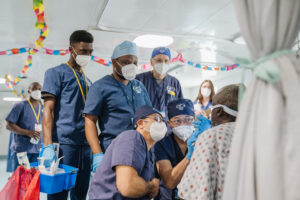
THE MSC FOUNDATION, THE MSC GROUP AND MERCY SHIPS INTERNATIONAL JOIN FORCES TO BUILD A NEW HOSPITAL SHIP
The new purpose-built hospital ship will expand the impact of Mercy Ships’ life-changing surgeries, anaesthetic care and surgical education for future generations of patients and healthcare professionals in sub-Saharan Africa.

The Woman Who Forged Her Way Through Walls: Florence Bangura’s Story
Florence’s journey from oldest to newest Mercy Ship came full circle when she met the Global Mercy™ in 2023, the same year that the purpose-built hospital ship began welcoming its patients on board. Today, you can find Florence, now 49 years old, down in the engine room as a hotel engineering assistant.

Transforming Sierra Leone’s Healthcare: A Vision for Safe and Affordable Surgery
As experts from the surgical and healthcare world gather for the 64th Annual Conference and Scientific Meeting of the West African College of Surgeons in Sierra Leone this week, a profound dedication to advancing surgical knowledge and practice in the region is palpable. At the forefront of discussions lies the conference’s pivotal theme: access to safe and affordable surgical and anesthetic care in West Africa. This theme highlights the pressing need to address disparities in healthcare capabilities and capacities across the region, especially the critical importance of equitable access to quality surgical interventions.
Share
Related Posts

The Woman Who Forged Her Way Through Walls: Florence Bangura’s Story
Florence’s journey from oldest to newest Mercy Ship came full circle when she met the Global Mercy™ in 2023, the same year that the purpose-built hospital ship began welcoming its patients on board. Today, you can find Florence, now 49 years old, down in the engine room as a hotel engineering assistant.
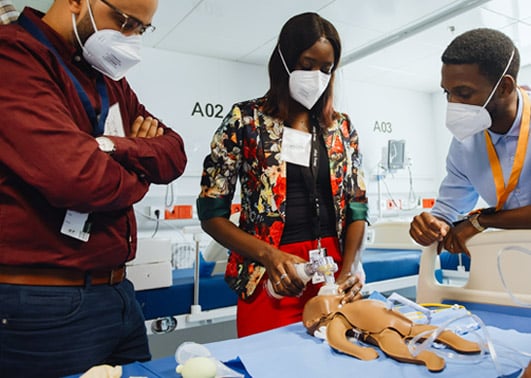
Safer Surgery for a New Generation: Pediatric Anesthesia Training in Senegal
In June 2022, more than 30 Senegalese healthcare professionals boarded the Global Mercy® to equip themselves with new skills that could save countless vulnerable young lives.
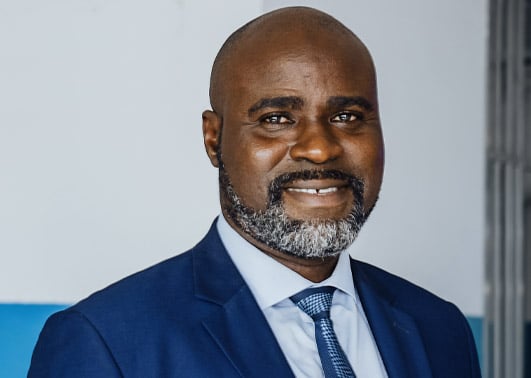
The Next Chapter: Igniting Hope and Multiplying Impact in Sierra Leone
Learn more about the next chapter in Sierra Leone with Dr Lako and Dr Kabba. Together, we can ignite hope and multiply impact!
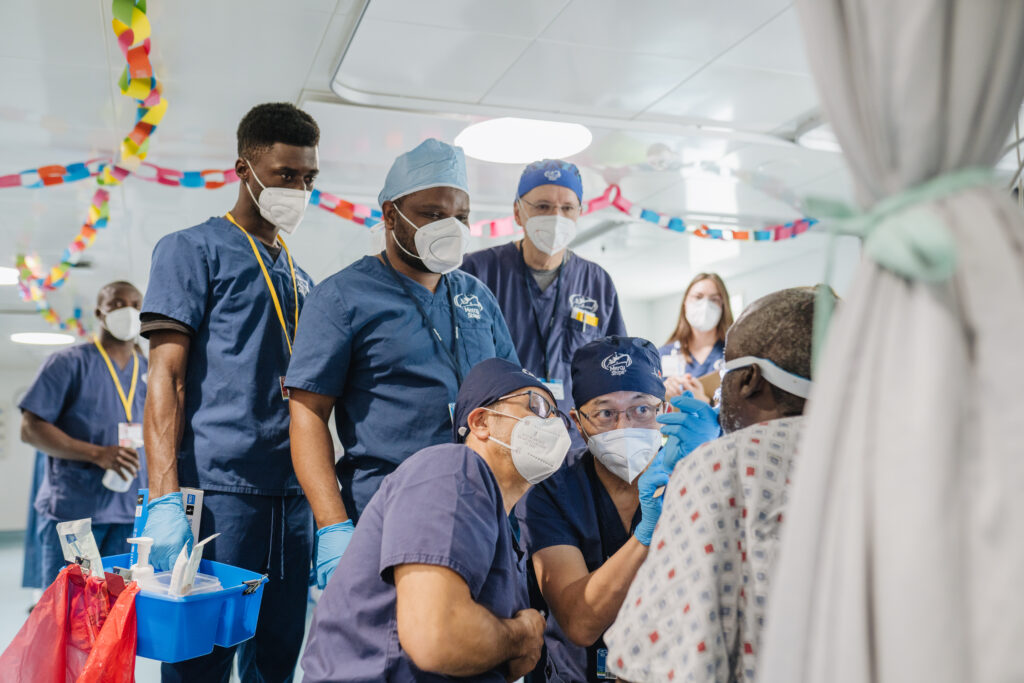
THE MSC FOUNDATION, THE MSC GROUP AND MERCY SHIPS INTERNATIONAL JOIN FORCES TO BUILD A NEW HOSPITAL SHIP
The new purpose-built hospital ship will expand the impact of Mercy Ships’ life-changing surgeries, anaesthetic care and surgical education for future generations of patients and healthcare professionals in sub-Saharan Africa.
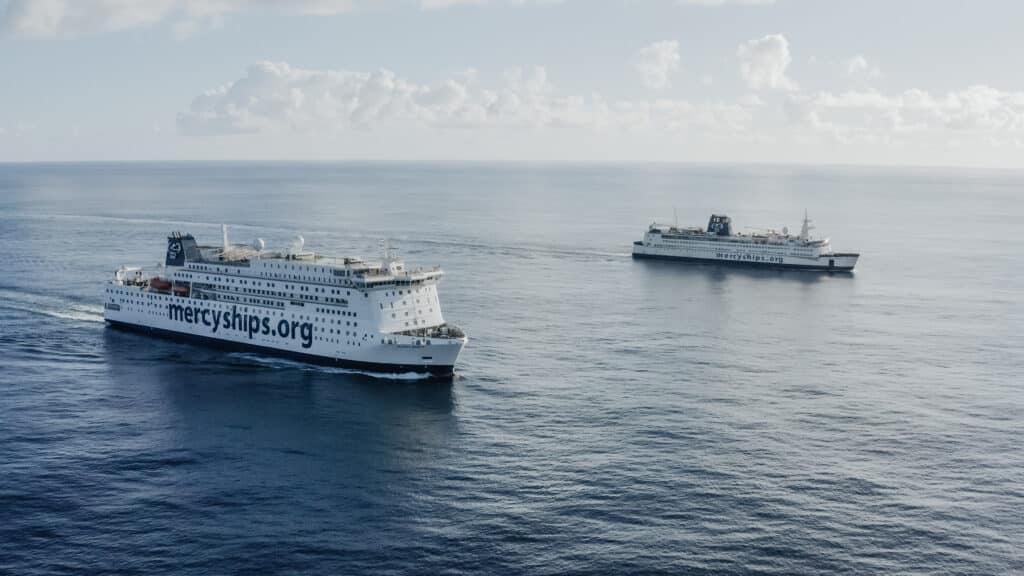
NOTICE OF BOARD VACANCIES MERCY SHIPS CANADA
Mercy Ships Canada is seeking up to three dynamic independent Directors to join our Board over the next 18-months.

Igniting Hope-Thank you message from Darryl Anderson
Darryl Anderson shares his thank you message to express his deepest gratitude for your unwavering support and dedication to our mission.
